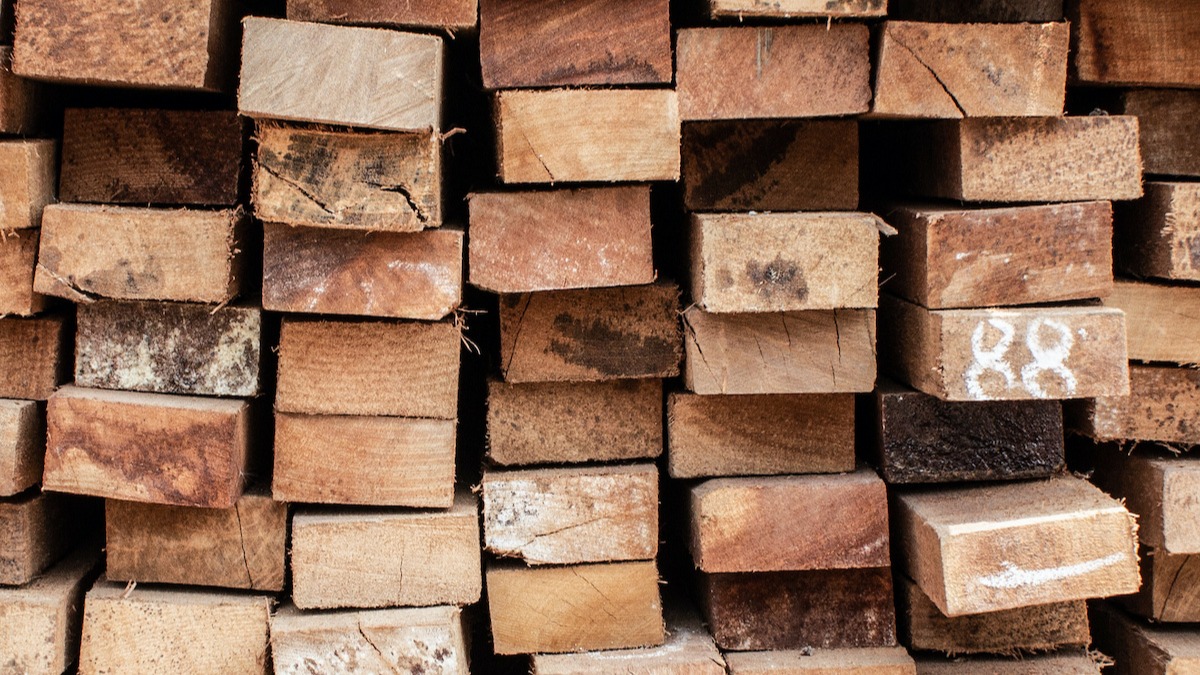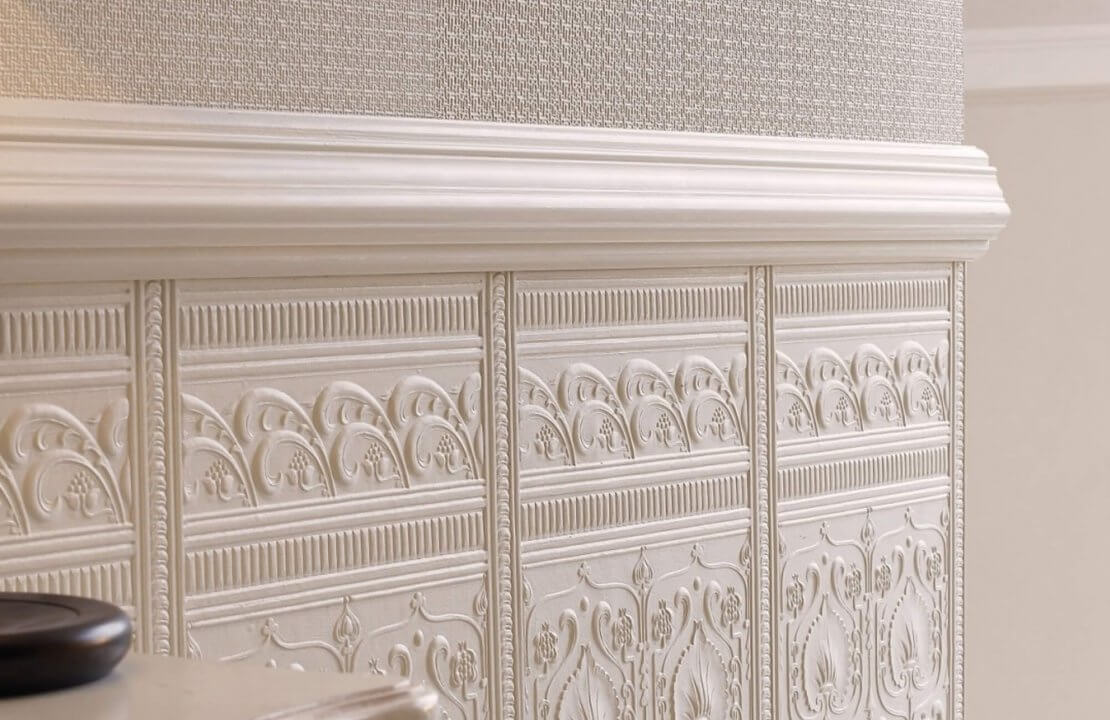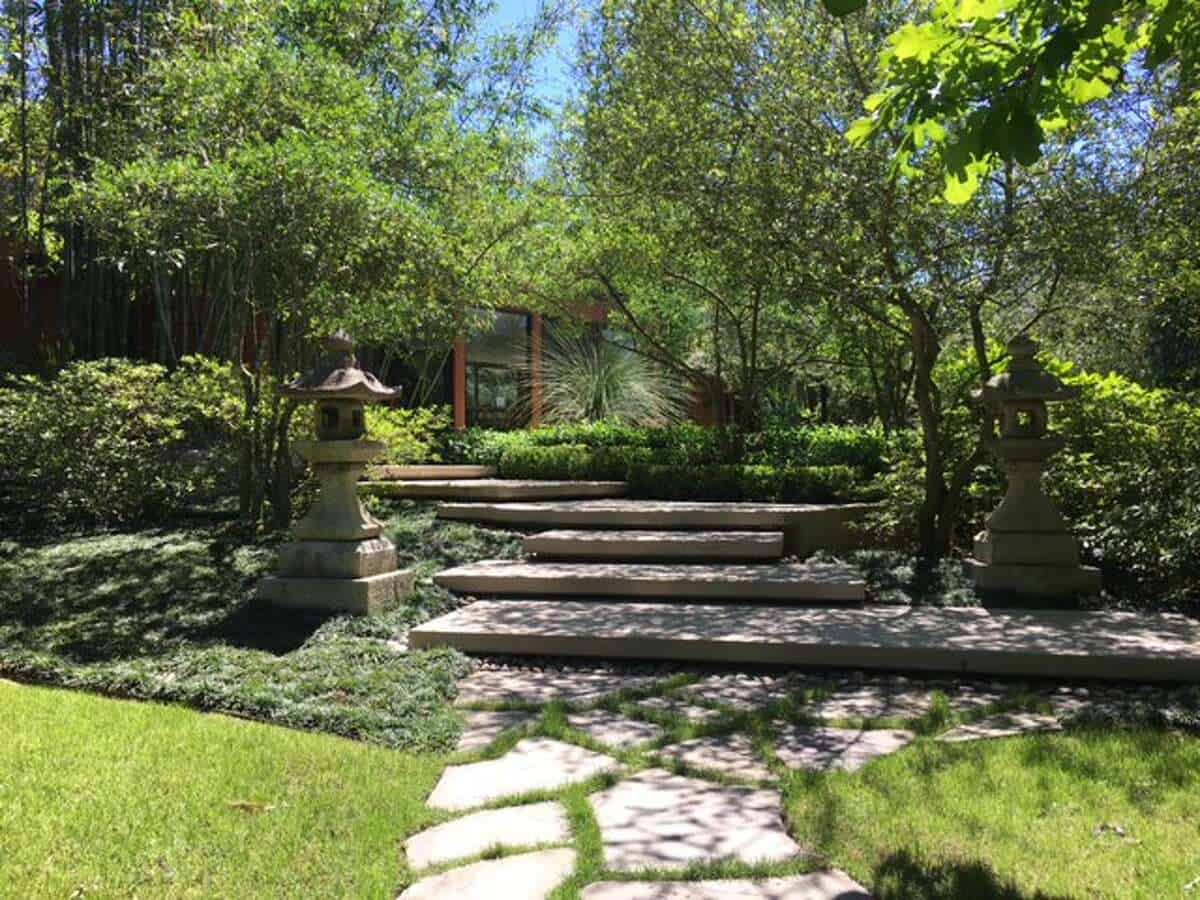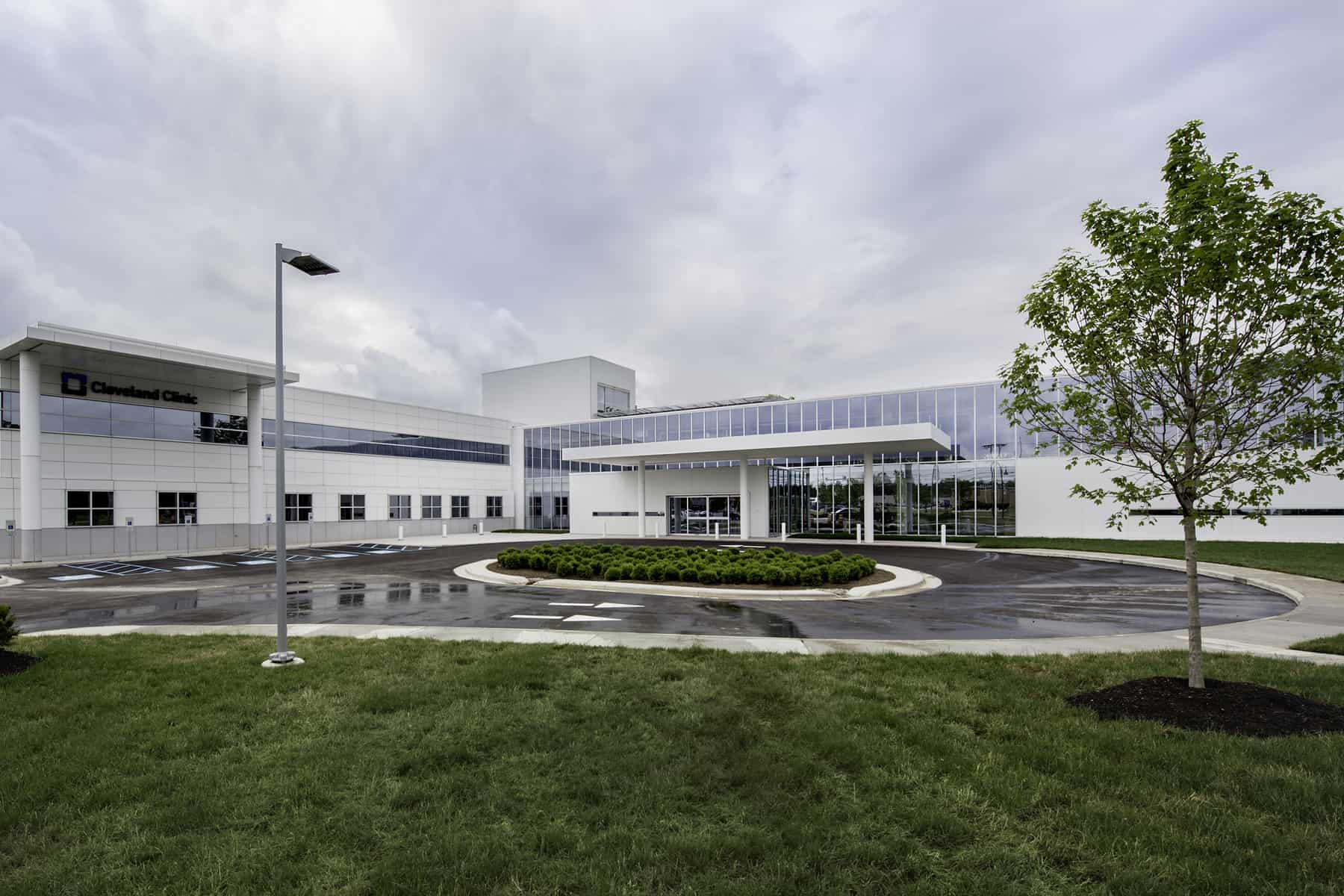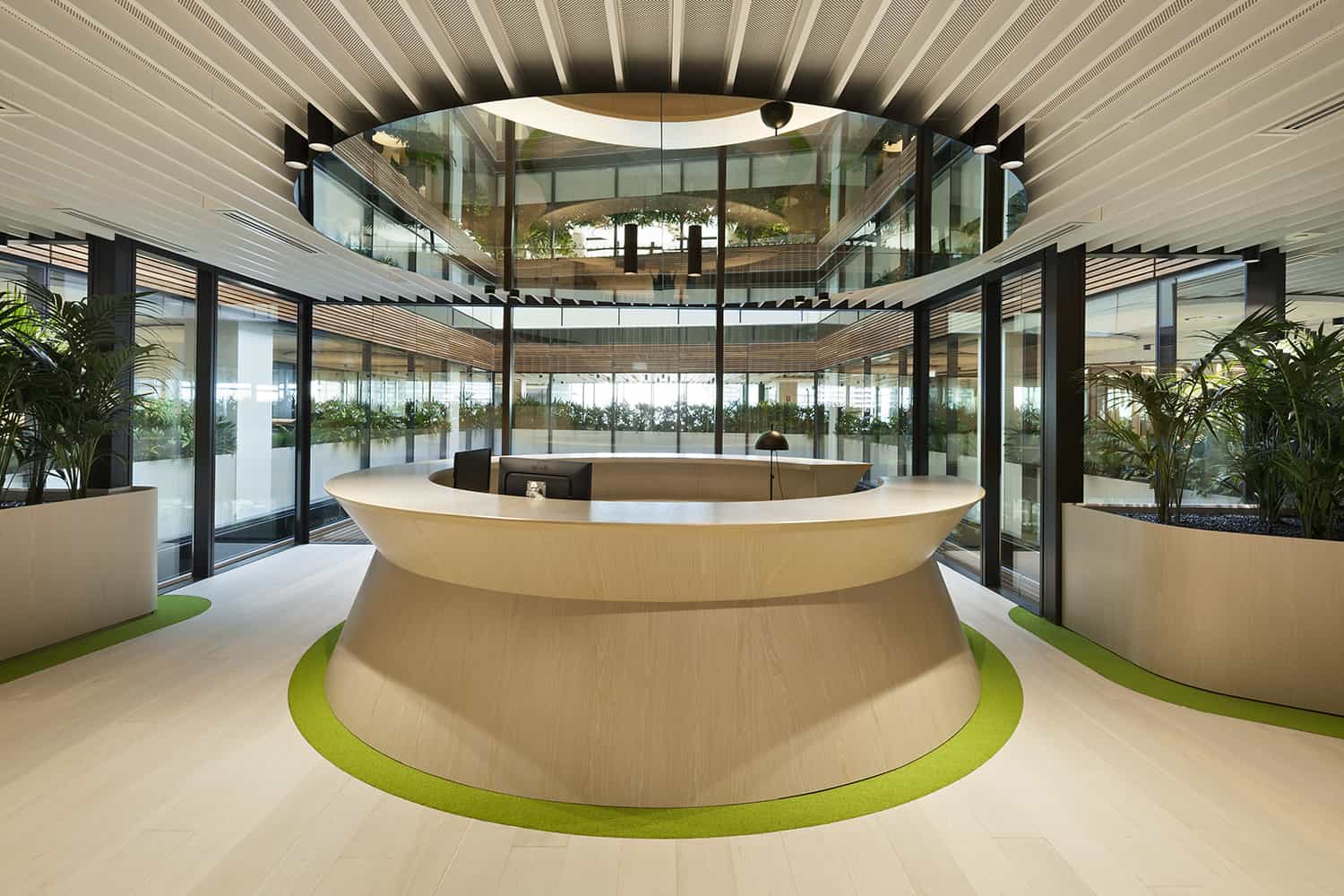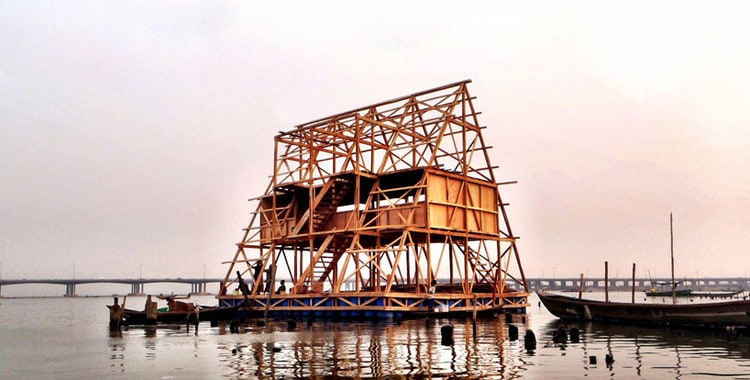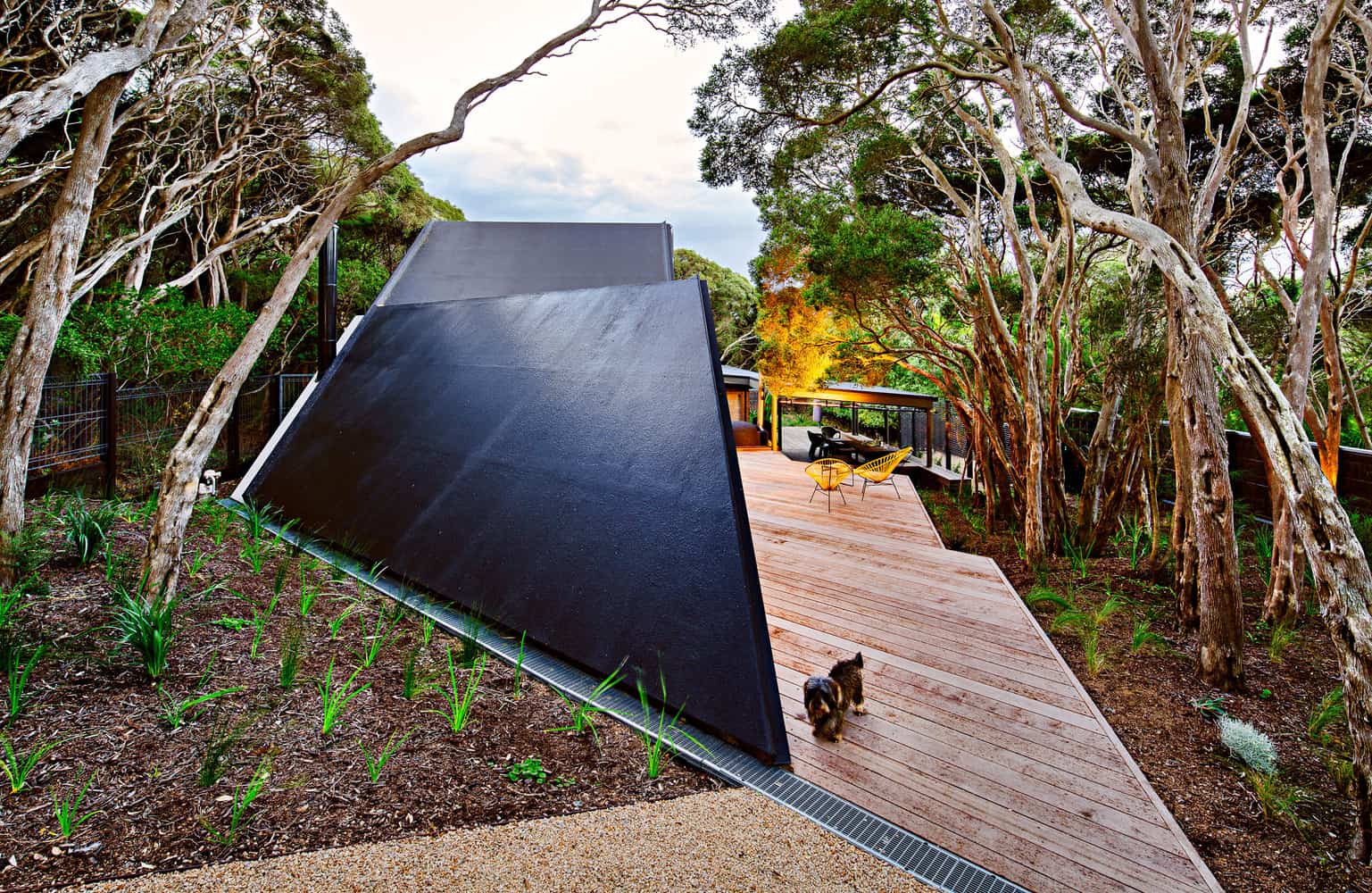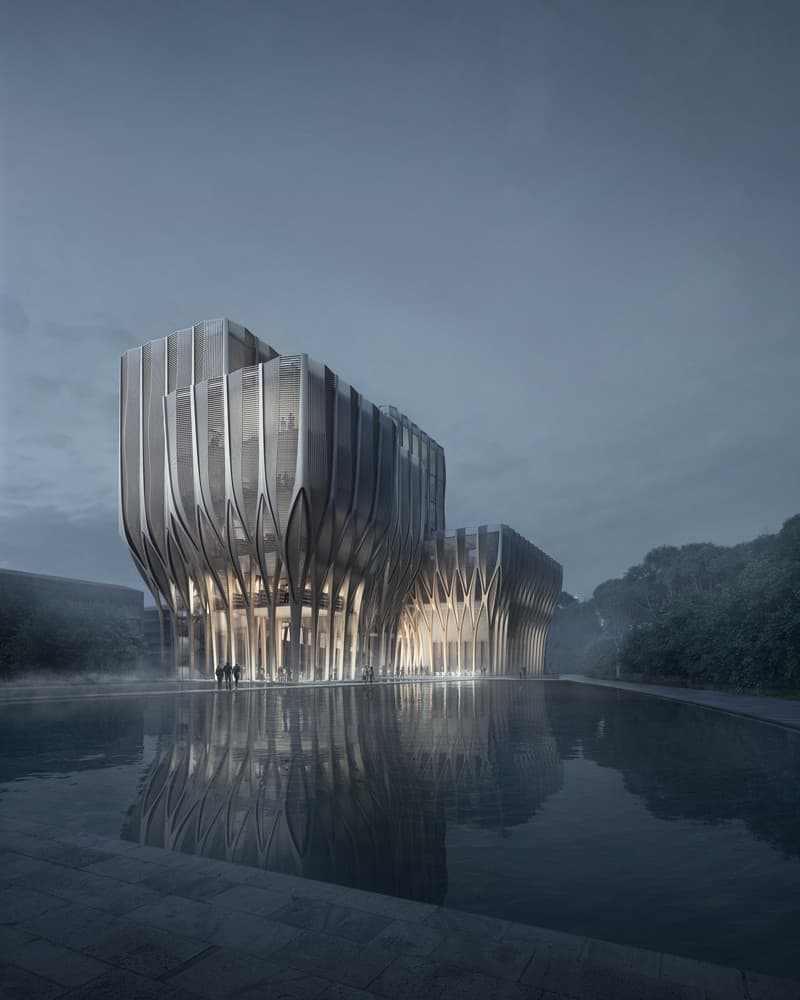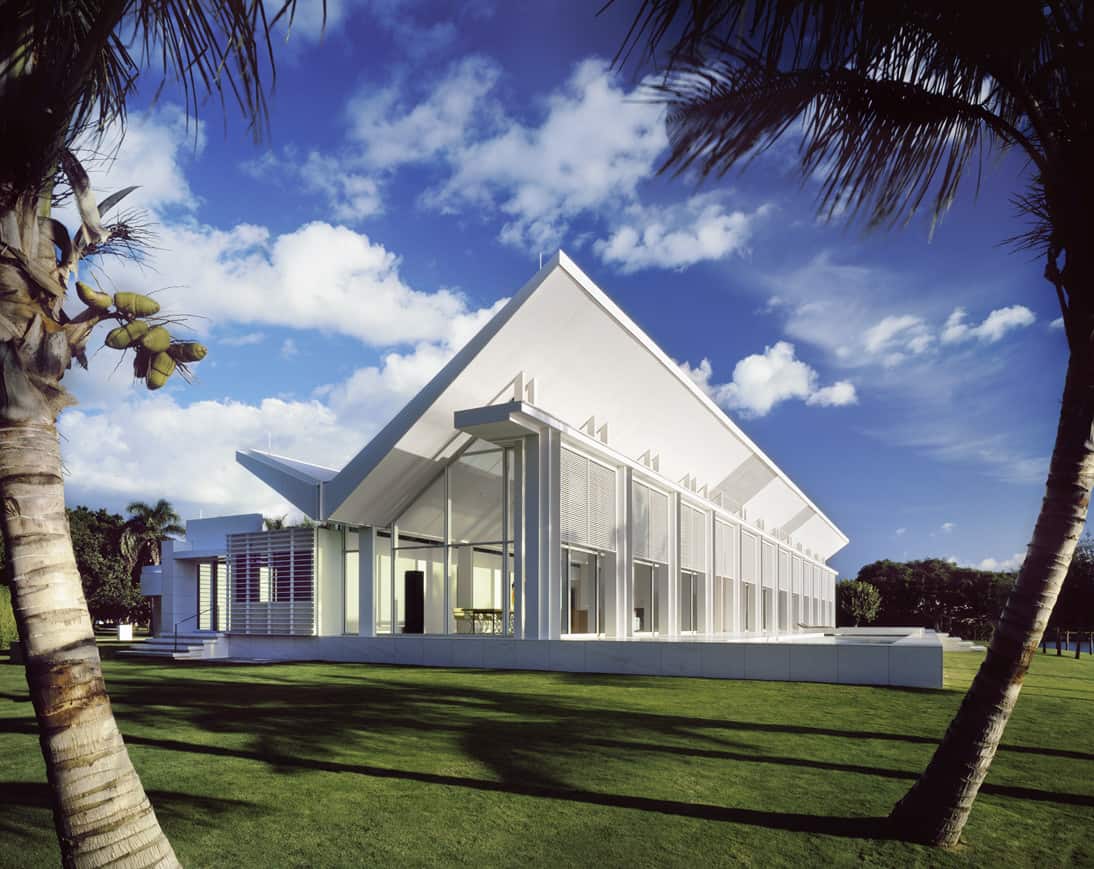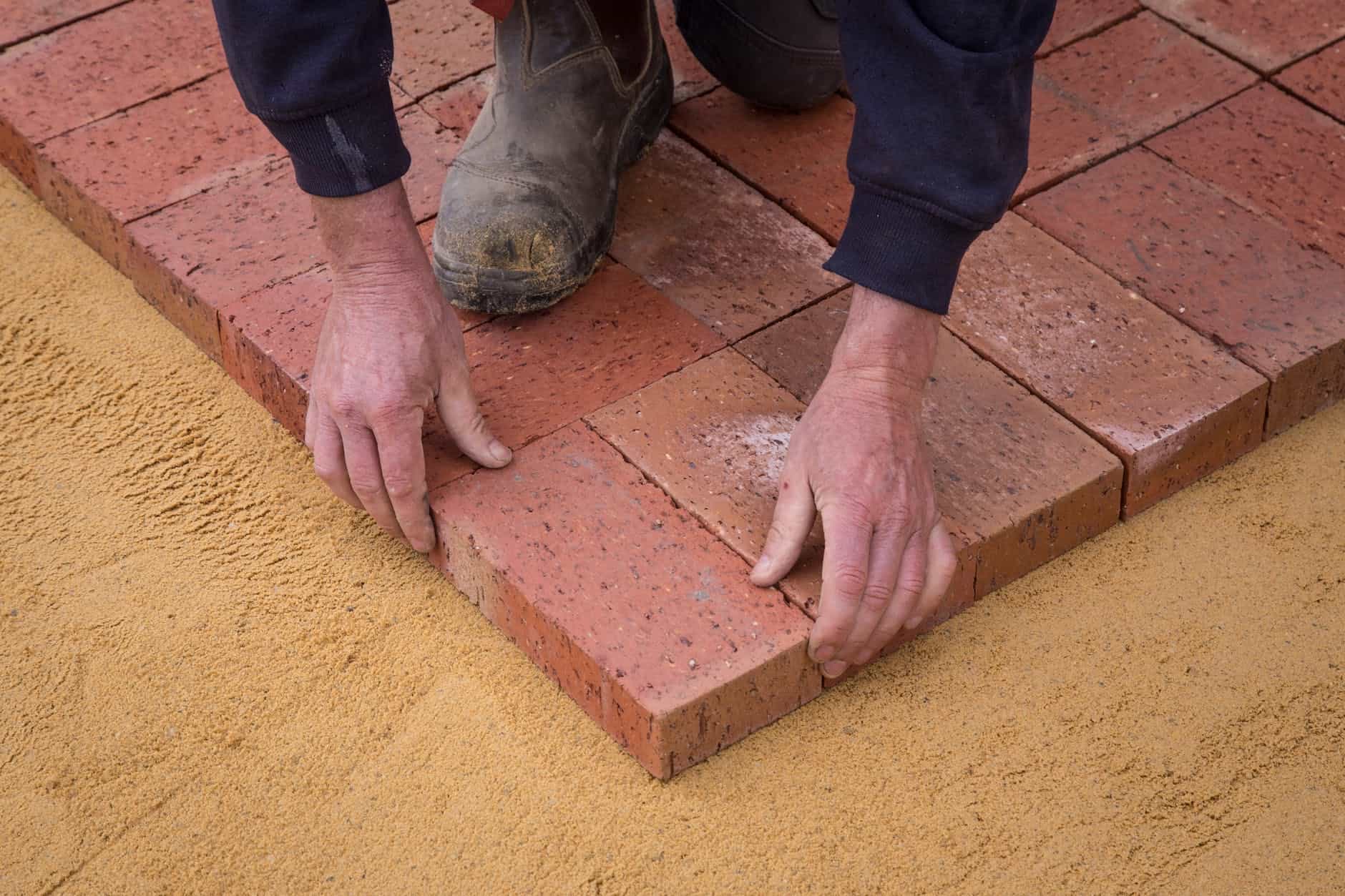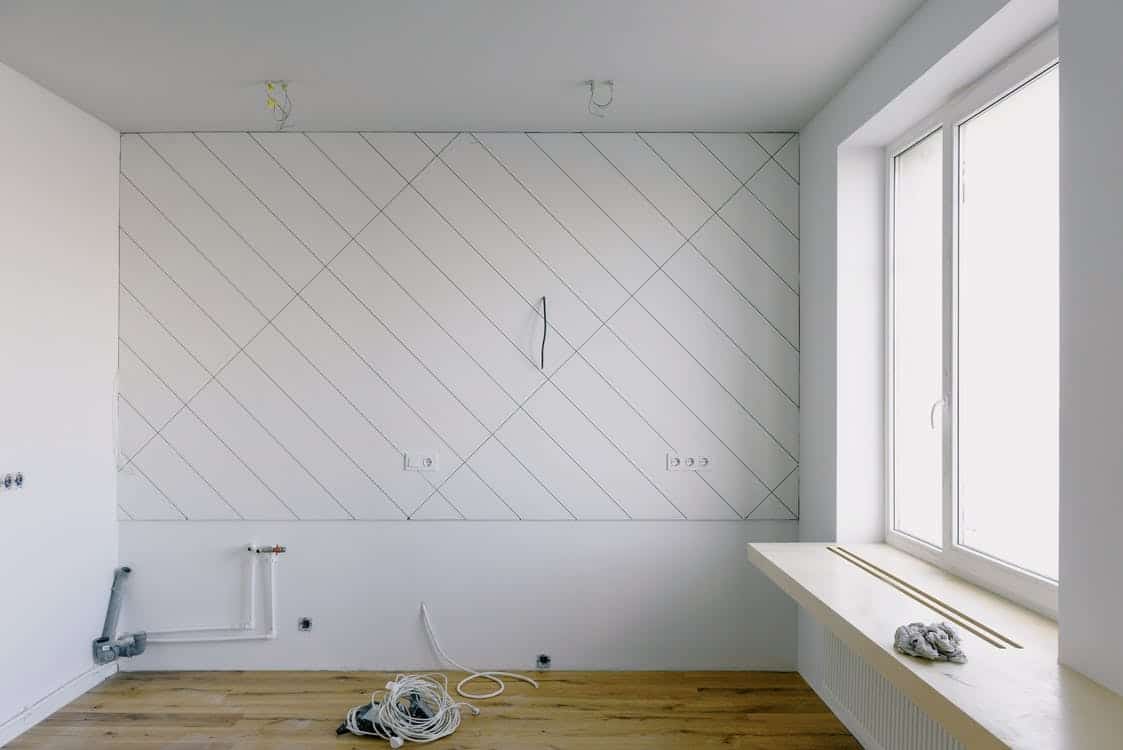Home restorations are huge projects. But restoring a historical home? That’s an entirely different playing field. Restoring a historical home might be a passion project for some, but for other homeowners, it’s an investment that can increase the home’s value for when it’s time to sell.
Were you thinking of restoring your historical home? Prepare for this investment with our top tips for starting a historical home restoration project.
Tips and Considerations for Restoring a Historical Home
Most old buildings require tuckpointing maintenance every 50-60 years. Remember that living in an old home is a commitment, and you must match the mortar. A great tip before embarking on restoration is to conduct your due diligence. Here are the considerations you might have to go through before you restore a home.
1) Inspect for Issues
It might seem counter-intuitive, but when I embark on a restoration journey, I first identify the “bad.” That means identifying any issues, repairs, or damages that must be fixed before moving forward. Additionally, get a professional to help you measure the home’s square footage, so you’re prepared with that information later in the process.
Image source: mortgagelovetoknow.com
Secondly, I check to see that the house isn’t leaning, sagging, or falling. Then, check the foundation for cracks in the basement and on your walls. Finally, I also Inspect the roof for rot, damage, or leaks.
It’s wise to give your home a DIY inspection before a professional stops by. This, if anything, allows you to understand where your historical home will need the most work and where to devote your dollars to do so. But, of course, this is not a substitute for a professional home inspection, which is a necessity.
2) Find an Expert Renovator
You can’t be sure that your town’s most popular contractor is well-versed in restoring old homes, so spend time finding a trusted renovator who can complete the project correctly and efficiently.
Image source: kitchenartdesign.com
A renovator who knows a good deal about historical home renovations will understand the trials of updating plumbing, electricity, and more. Getting this done right the first time will increase your chances of selling your historical home for the price you want.
It’s not a bad idea to work with a local historian, either, to help you understand the context needed to pull off a special project like this. An architect will also point you in the right direction, especially regarding structural damage. You might also need to add or remove previous renovations made by the previous owners.
3) Choose the Features That Matter Most
There are surely many projects in your historical home you’ll want to tackle, but with some of them (especially masonry, special woodwork, etc.) costing thousands of dollars, you’ll want to pick which projects will benefit the house’s value most.
Image source: researchgate.com
You’re not guaranteed to get a return on every project you complete, so identify what will make or break your deal. For instance, I find that if the home has several fireplaces, choose to refurbish the one in the living room that will catch the eye of a potential buyer immediately. After all, this type of project can cost upwards of $12,000, and you may not have it in the budget to refurbish more than one.
4) Speaking of Budget
Set one, and try your best to stick with it. Historic home renovations can be full of surprises, so plan a budget as soon as you decide on the vision for the home.
Image source: worldhealthorganization.com
Tackle a “soft” costs budget first, which will include fees like taxes, utilities, insurance, and more. You can expect to go over, especially with a historic renovation. Appliances, such as heating elements, will cost more to refurbish than they will to update the same appliance from just 10 years ago. It’s no wonder most historic restoration projects tend to go over budget.
However, ensuring the updates you’re making enhances the home’s safety and soundness will increase its value down the line (and help you ace your future inspections and appraisal).
5) Restore, Don’t Remodel
Remember, if your home is designated a historic home in a historic district, then you will want to restore and preserve it in lieu of a full remodel. But, on the other hand, you don’t want to undermine the rest of the historic properties (if any) in the area.
Image source: buildmagazine.com
In some cases, historic districts raise property values, so taking the time to work with a knowledgeable contractor or builder to restore your home can further increase your own personal property value. But the key here is to do it right.
Restoring a historic home can be a painstaking project full of unexpected repairs and busted budgets. But, in the end, a properly restored home can increase in value slightly faster than homes outside of historic districts; for example, the restored Chateau Rhianfa in Anglesey, UK. That means you not only have a historic home you can cherish for years to come, but you also have an increase in property value to show for it.
6) Look for the Original Blueprints
Finding the original blueprints of the historic home will help you preserve the house’s history. Additionally, I recommend removing all the current house interior fixtures and finishing, such as chandeliers, wallpaper, and paint. Stripping the house means I have the full picture of what I’m working with.
Image source: designeverest.com
Therefore, stripping the old house ensures that the project goes smoothly since most of the items and finishing I have removed will not be used in the post-restoration. A complete strip would include removing structures such as:
- Heating, ventilation, and lighting fixtures
- Flooring
- Non-load bearings partitions
- Temporary ceilings and floors
Removing these finishes will help me see and assess the structural problems in the house.
7) Step-by-Step Photos
Before restoring your home, I recommend interior and exterior photography of all the surfaces you want to restore. This will help you keep track of everything that needs to be accomplished. Additionally, it will help to keep you on track when it comes to working within a budget.
Image source: cjhole.com
Of course, there will be some circumstances where you will have to spend more money. However, as long as there are photo essays, you can adjust everything. Before and after pictures are perfect for measuring your progress toward the restoration.
Ideas for Restoring a Historic Home
When restoring historic homes, it is helpful to know that historic houses aren’t meant to be trapped in an old time period. Therefore, some ideas will go a long way when restoring historic homes or most older homes.
a) Start With the Roof
The roof is an essential part of the restoration. I prefer to begin restorations with the roof because a leaky roof will damage the house’s interior more. I also like to ensure that most fixer-uppers don’t have structural damage like dry rot. If the old house has structural damage, fixing the roof won’t do much.
I like to prioritize the roof and discover other undocumented issues as I fix everything. Renovations, even on the house from a different architectural period, will take a long time. Depending on how run-down the old house is, it could take 2 years.
Image source: oldhousejournal.com
I use historic-looking roof materials like cedar shake shingles or carriage house shingles to fix the roof. This ensures the house retains its authenticity as a historic site.
b) Update the Colors
Manipulating color and lighting can greatly improve a space. When you get an old house, historic preservation should be the first consideration. First, however, I like to remove all the wallpaper and old paint color. I usually start with paint swatches and pick out different colors for different rooms in the house.
Image source: circaoldhouses.com
For historic preservation, I try to balance the hardwood browns with other paint colors to preserve the old house. Paint is an excellent method to update the feel of the interior. However, I like to advise caution when painting. Most of the time, old houses have hardwood even for finishing and trims.
Image source: marshallnewsmessenger.com
Therefore, I try to leave the hardwood intact when I find an old house with more hardwood. Wood nowadays won’t withstand the test of time like wood in old houses. A good buff, stain, and sealant should do the trick if there is no damage. Stains are an excellent way to switch colors.
c) Window Restoration
With the windows, I like to repair and restore them instead of replacing them. Keep in mind the goal is to leave the house with as much historical significance as possible. Therefore, I prefer to keep the trim as is regarding the windows. However, sometimes the wood is rotten from insect activity and cannot be repaired.
In such a case, I will try to get the same wood, with the same measurements to replace the old wood. This keeps the historic preservation box checked at all times. If the surrounding material can withstand it, sometimes we can make the windows larger. This involves taking down the original window and expanding it.
Image source: allseasonswindow&door.com
However, as I have mentioned, I prefer to use the same materials that were previously used. If I can’t find the same materials, I use something close in likeness. In most cases, looking at the windows and determining what they need is the best course of action.
d) Fix the Electric Wiring and Plumbing
Old historic homes have outdated wiring and plumbing. After many years of service, the electricity and plumbing might break down. It’s inevitable. Therefore, before you move in, it’s important to fix the electrical and plumbing. The original owners might have had the best systems in their time, but after years of use, it’s recommended to change them.
Full electric wiring might be needed depending on how long the house has been vacant. Some historic homes have been vacant for more than 30 years. If yours has been vacant for the same time, you will need full electric rewiring and full plumbing for hot water. The wiring and plumbing will be replaced in the same place they have been torn from, keeping the house’s original features.
Image source: homeguide.com
Before rewiring a house, keep in mind you might need permits. Additionally, your house will have to be inspected to ensure it meets safety standards. Therefore, getting professionals to do any electrical wiring and plumbing is important.
e) Restore the Brick
Some old homes are made of brick. Despite being beautiful and a personal favorite, brick tends to fade. This happens due to weather and time. Brick is usually very strong and perfect for building. However, it can chip and look worn out when not taken care of. Instead of covering over the brick, you can restore it.
Image source: sketchfab.com
Now it is important to remember that there are distinct types of brick. Fired clay brick does not fade. The red color remains prevalent for most of the brick’s life; however, it might change with weather conditions.
Exposed brick restoration isn’t a complicated process. It entails putting in a little elbow grease, which will be done in a few hours. First, you need to remove any dirt and debris from the brick. You may also have some plants growing on the brick. After removing all these, use a power sprayer to hose down the brick and give it a thorough cleaning.
Image source: rethority.com
After the brick surface is dry, it is time to apply sealant. For a large area, using a pneumatic sprayer is best. It’s important to remember that different sealants are mixed differently. Therefore, follow all the instructions as you mix the sealant. After 24-72 hours, the sealant will be dried. I also recommend applying sealant in dry weather. The brick will not benefit if it rains before the sealant dries.
f) Replacement Glass
Most of the time, historic homes have broken or old window panes. Therefore, it is necessary to replace them since it’s impossible to put broken glass together. I recommend using wavy glass instead of flat glass to keep the house’s design. Wavy glass is a type of antique, mouth-blown window glass.
Image source: pinterest.com
Any historic home has wavy glass because it was most common for colonial revival and Queen Anne architectural styles. Wavy glass is called so because of bubbling and imperfections on the surface of the glass. In addition, wavy glass distorts images when you look through it, which is perfect if you don’t want to go with window treatments.
Image source: archiproducts.com
Any historic building preservation professional will tell you to use wavy glass to replace old windows. However, if you decide to use wavy glass, it is super important to know that there are few places to get it since the glass-making process has been made more efficient. Therefore, you might have to look around for a while to find the best option.
g) Upgrade the Home Appliances
Old appliances might cause your electric bills to skyrocket. You might find old fixtures like a dishwasher or a coffee maker left in the house by the original owners. This doesn’t mean you should use these appliances. They are mostly defective. Additionally, old appliances tend to be bulky and less energy efficient.
Image source: retrostove&gasworks.com
Restoring an old house can be a money pit. Therefore I prefer to budget for new appliances as soon as possible. Making key updates in the cabinetry and appliances helps to merge the original house’s design and contemporary living. The trick to adding new appliances to your space is complementing them with the house interior so you don’t take away from the house’s historic nature.
Image source: thespruce.com
I suggest going the smart way with appliances. After all, it’s 2022, and most appliances are smart. Not to mention they look cool and make your food preparation motions easier. Making major appliance updates and doing it tactfully is important to ensure that there are no gaps between the historic home and modern life.
Cost of Restoring a Historic Home
Every historic house will have a different bill at the end of the restoration. Therefore, I suggest proper project planning and budgeting without taking away the house’s historical character. You will have an excellent breakdown of what to spend and where.
Considering what you have to restore and fix the damage to the house, any old house can drive up expenses. Therefore, as a general rule of thumb, I prefer adding 20% extra to every restoration point. This ensures everything is covered and fully under the intended budget considering all other factors.
A fair price for an old home restoration would cost $50,000-$100,000. $50,000 is on the lower side. However, remember that restoration using original materials will cost you more. Here are the considerations for most old home restorations.
i) Professionals
For historic preservation, I strongly recommend a preservation consultant. This will ensure you have the best practices approach. Historic homes need to be restored to their former glory. For this, you need to know your house’s history. This helps the professionals determine in what era your house was built and how to proceed.
Image source: levelset.com
In my experience, any old home requires new wiring and plumbing. For that, you will need electricians and plumbers. They will do a professional job and ensure you aren’t electrocuted in your own house. So at the end of the day, updating historic homes requires professionals and a contracting company for home properties.
ii) Construction Materials
Construction materials for historic homes are expensive. Since houses built in the past are made from materials that are hard to get. For example, a historic house with hickory floors will be expensive to renovate with new hickory. Additionally, you will get a different value and structure with new hickory because most hardwoods are commercially grown.
Image source: masterclass.com
Therefore, with historic homes, it’s easier to restore than to renovate because modern systems only destroy the house’s history. With most restorations, you will need to start with the roof. However, the architecture of old buildings is worth protecting because they don’t make houses like that anymore.
iii) Restoring Period Features
To the untrained eye, it is not easy to distinguish between heritage features that require restoration or complete renovation. For example, restoring period features such as wood paneling and ceiling roses might benefit overall value. However, some destroyed features might need to be completely changed.
Image source: thevictorianemporium.com
Sometimes changing an entire feature is the respectful way to preserve history. For example, when it comes to windows, you can add weather stripping for better energy efficiency. Features such as beams, multiple fireplaces, and original windows are very clear. However, it can be very difficult to see other smaller heritage characteristics.
iv) Curb Appeal
Curb appeal is purely for aesthetic purposes. I prefer to budget for curb appeal after budgeting for every important restoration piece. Curb appeal belongs to the final touches of the restoration. I prefer a minimalist approach, especially when doing the exterior touch-ups, such as landscaping the garden with beautiful and well-placed flowers.
Image source: systempavers.com
Paving the driveway can also add value to your house structure. Old houses almost always have ruined gutters and drains. Therefore, replacing them is the next best thing. Furthermore, cladding for thermal insulation will be perfect, especially if the cold season is approaching.
The Bottom Line
It is recommended to preserve as much historic character as possible with any historic house. Therefore, before restoring an old home, it is better to go the professional way and hire contractors who respect historic preservation. You will get the best results, and your house will be pleasantly historic.

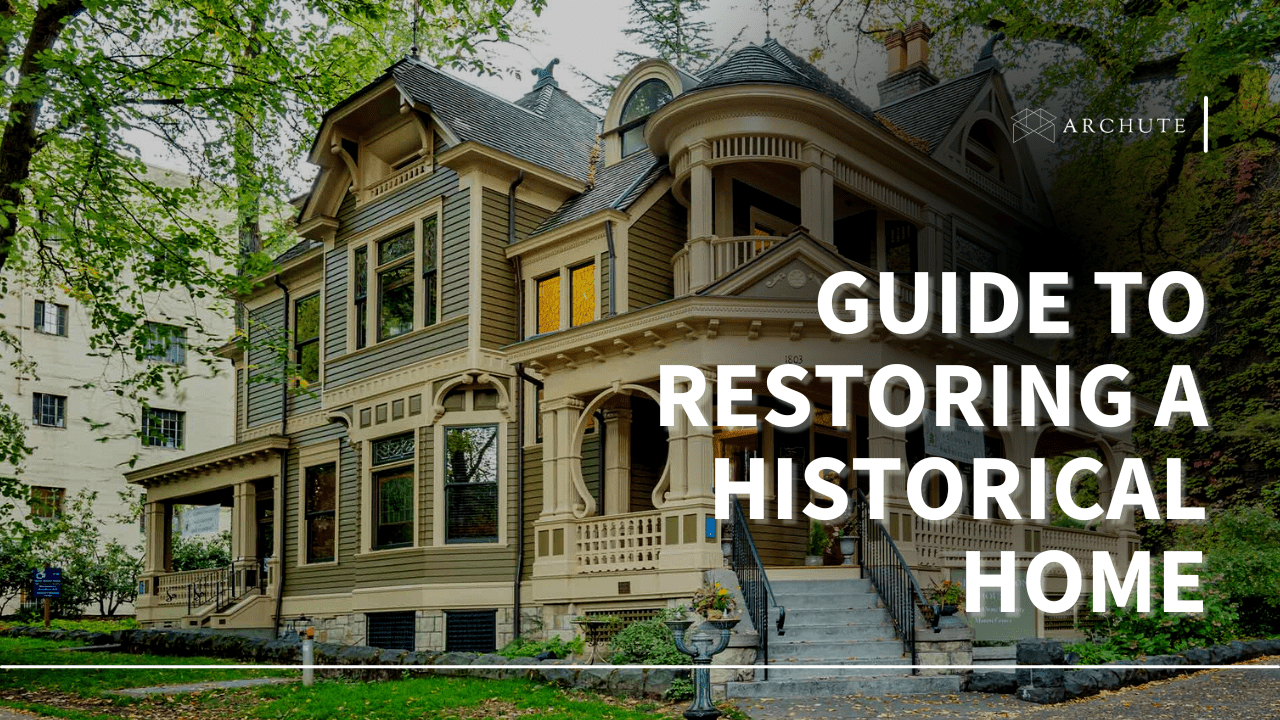



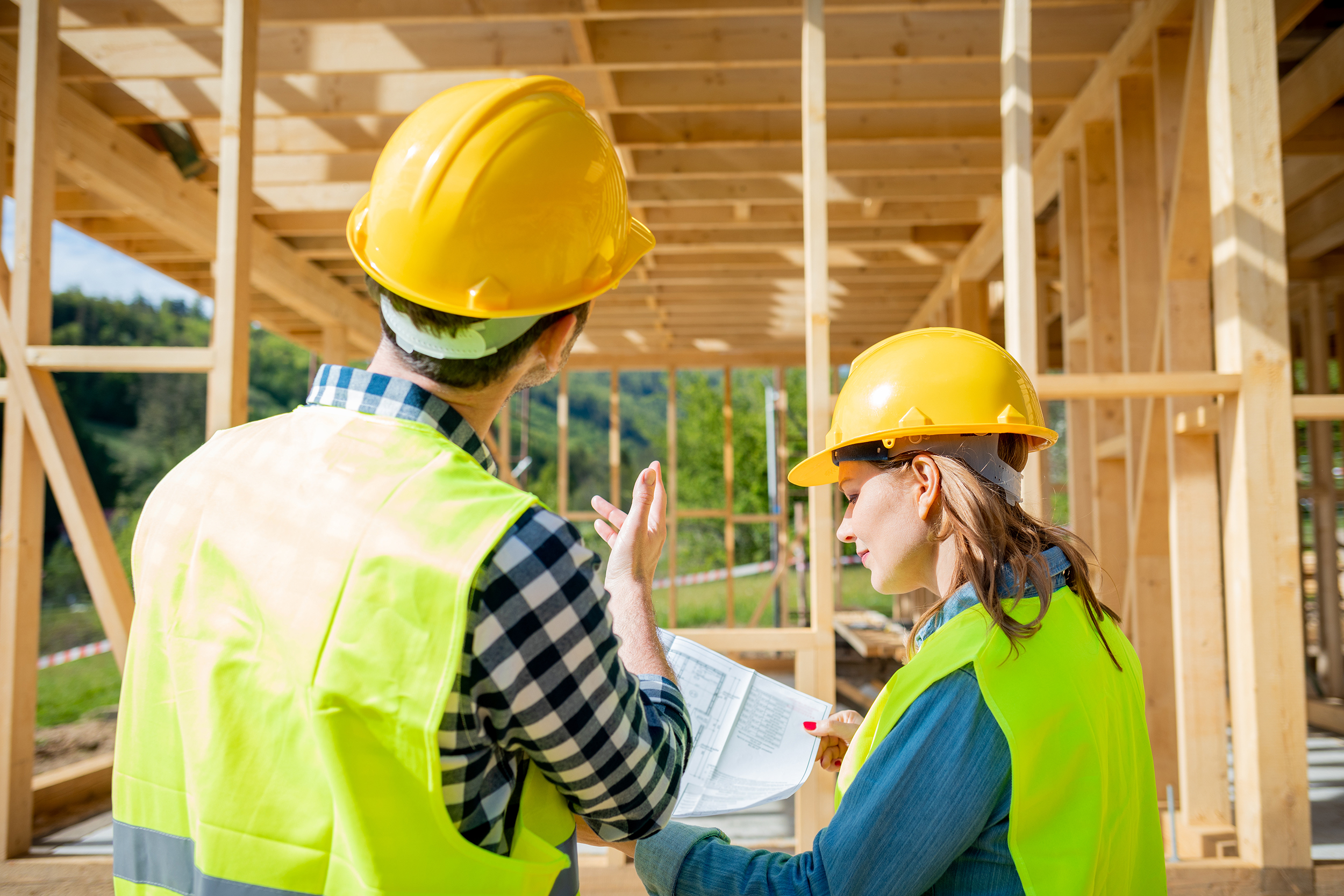




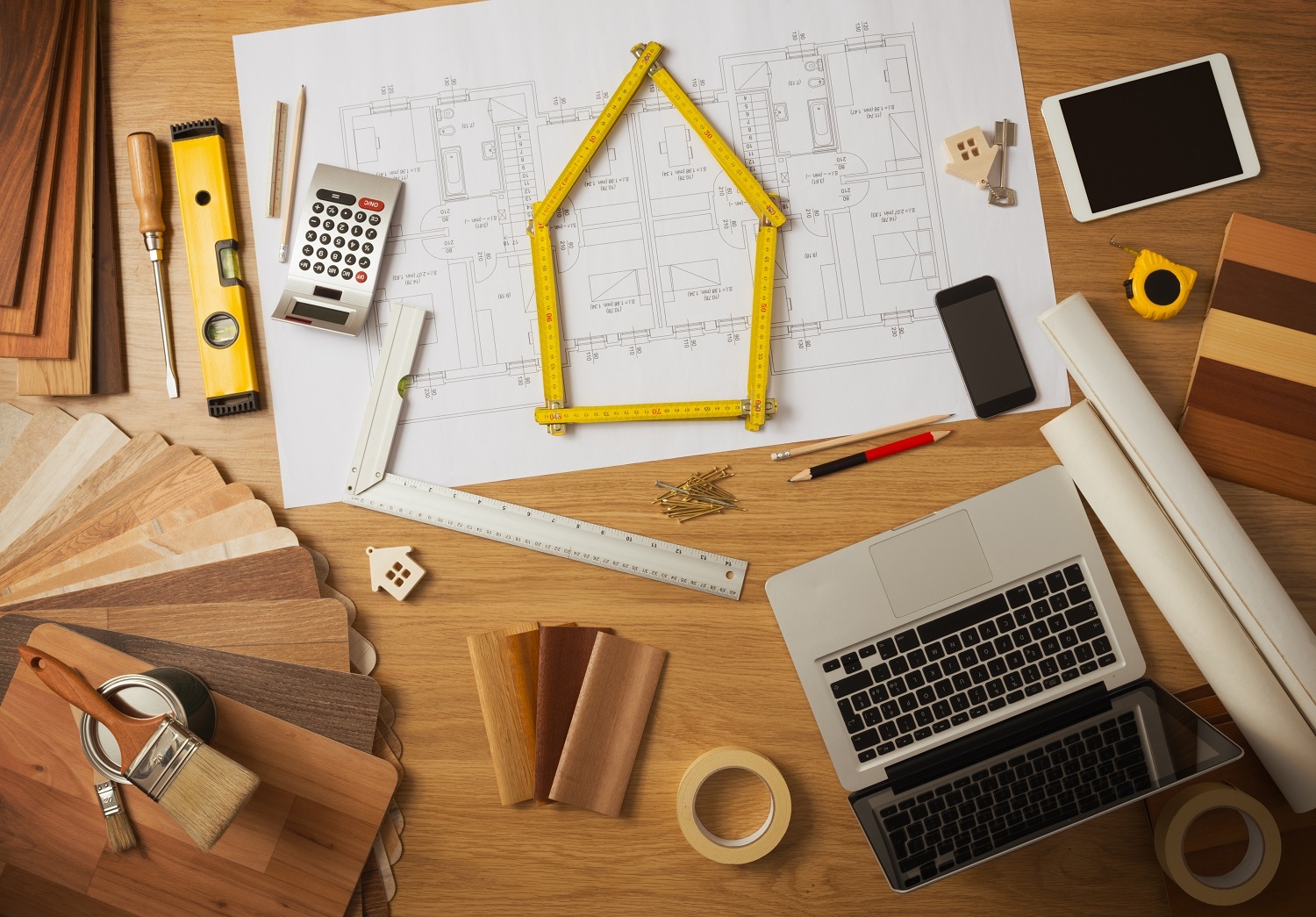


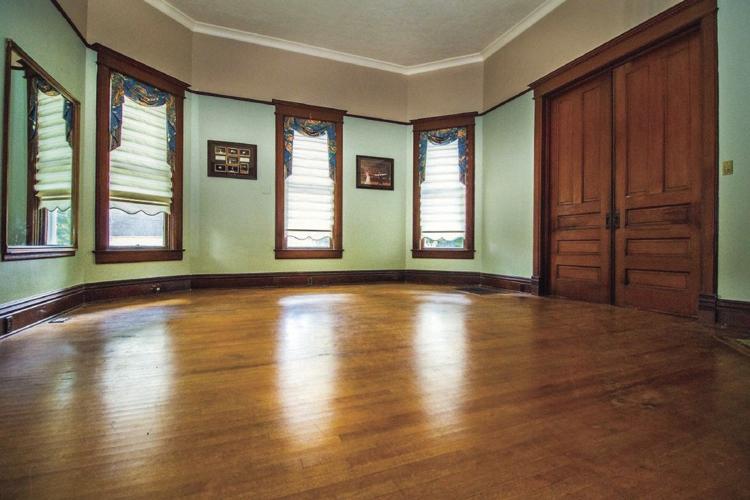
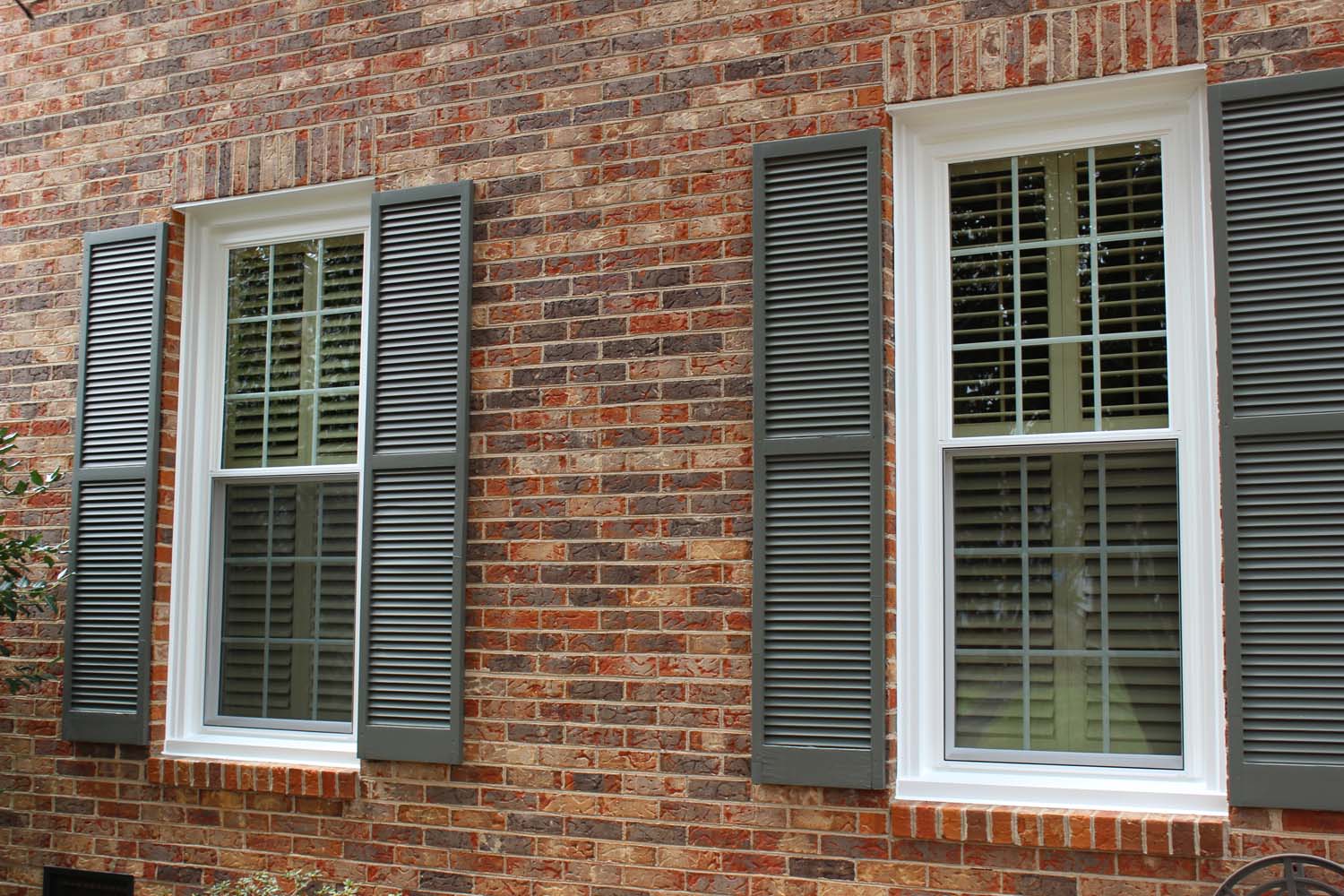

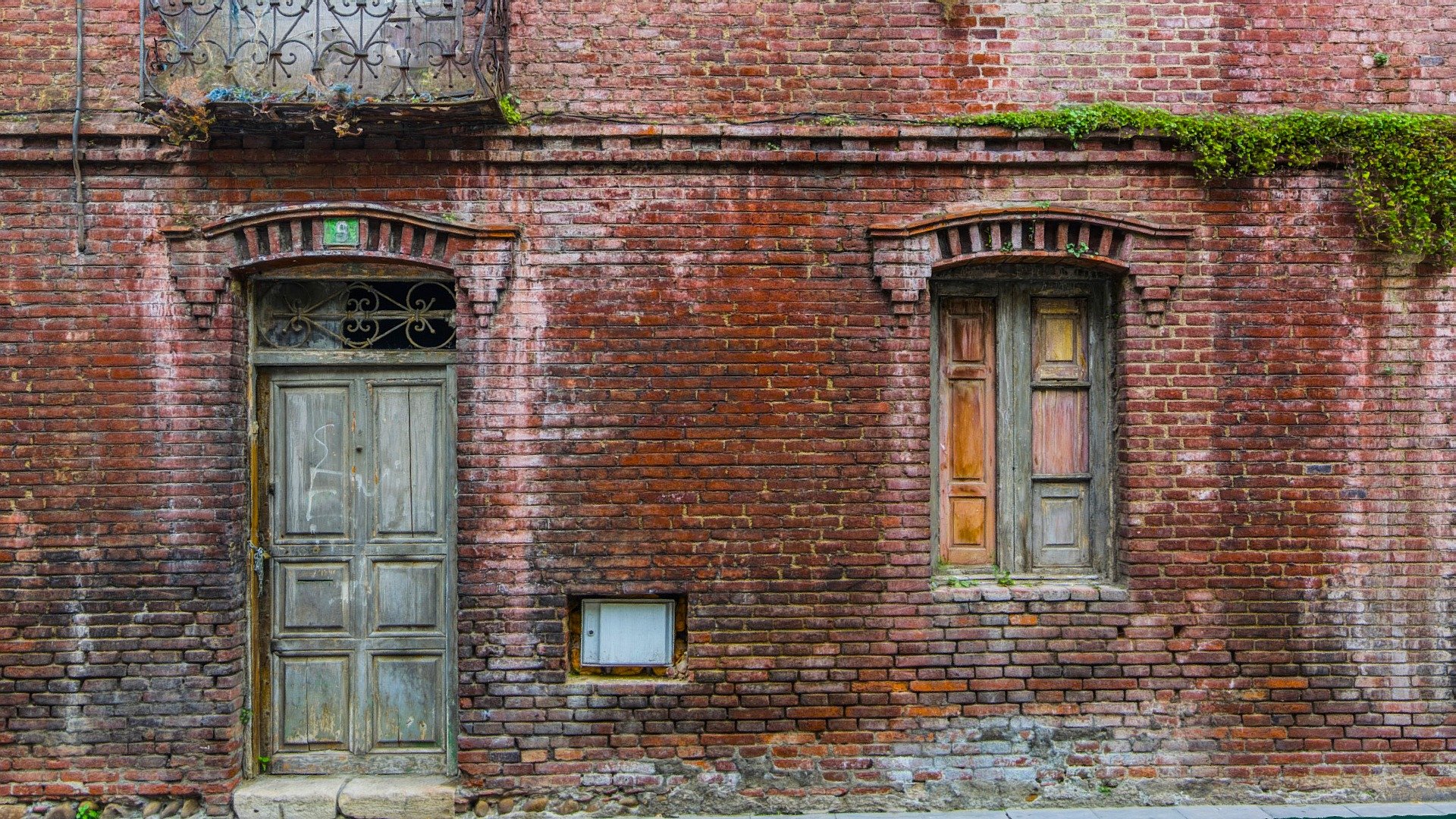
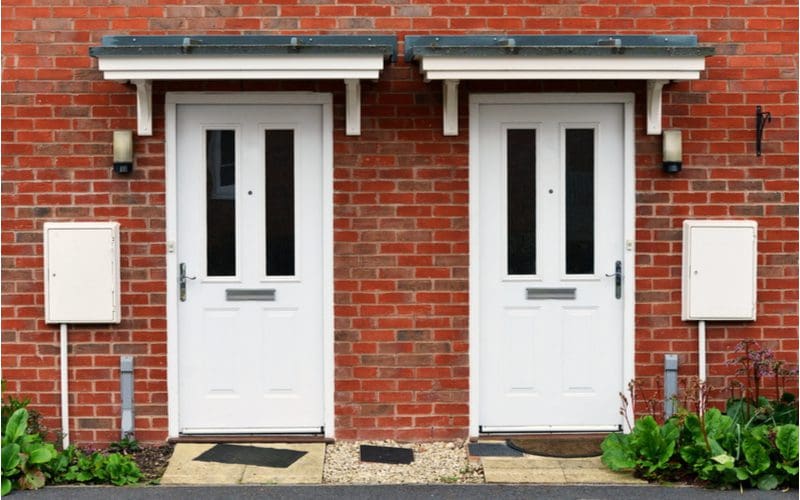


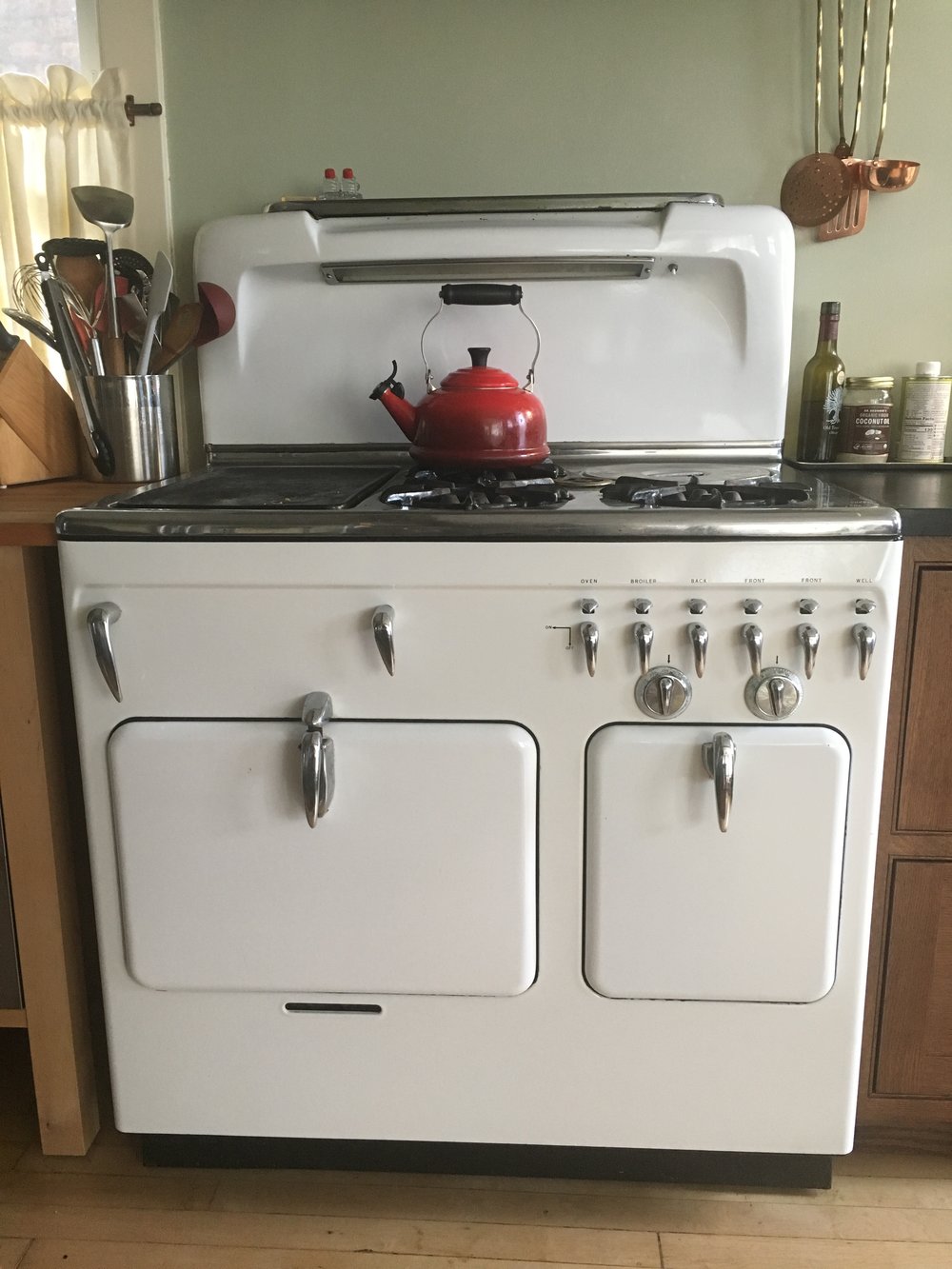
/kitchen-wiring-circuits-1152911-hero-bf47b2b8644d4277a27e01397ee0789f.jpg)

